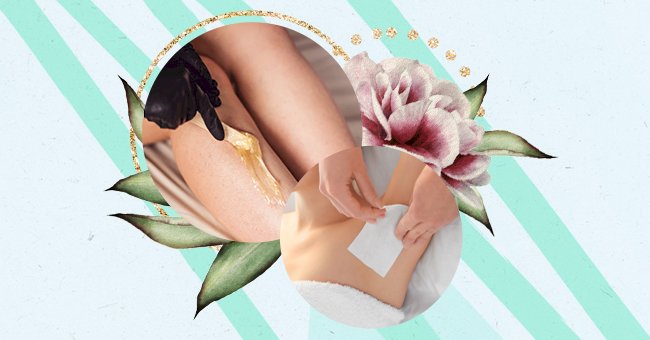
Unpacking The Difference Between Sugaring & Waxing
Waxing is a popular way of removing hair from body parts. It is considered one of the most popular methods. Women have been using various wax products for centuries to remove hair from under the arms, legs, and other body parts.
Recently, there is another term, sugaring, that has become popular. At first, both waxing and sugar look the same due to getting rid of the hair.
Despite their similarities, they have some critical differences between them. One significant difference between sugaring and waxing is how they are applied and removed.
Waxing
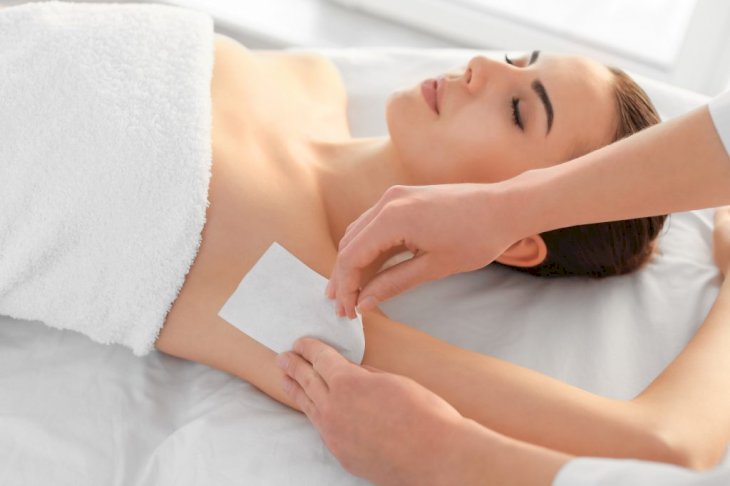
Shutterstock
This is a temporary hair removal method that uses liquid wax. The wax is applied with a spatula, wax strips are placed and sharply pulled in the direction of hair growth to remove all hair from these parts of the body.
Hair growth after waxing is prolonged, and it takes two to eight weeks before you need to wax the same part of the body again. Also, this process removes dead skin cells along with wax. This softens the skin.
Sugaring
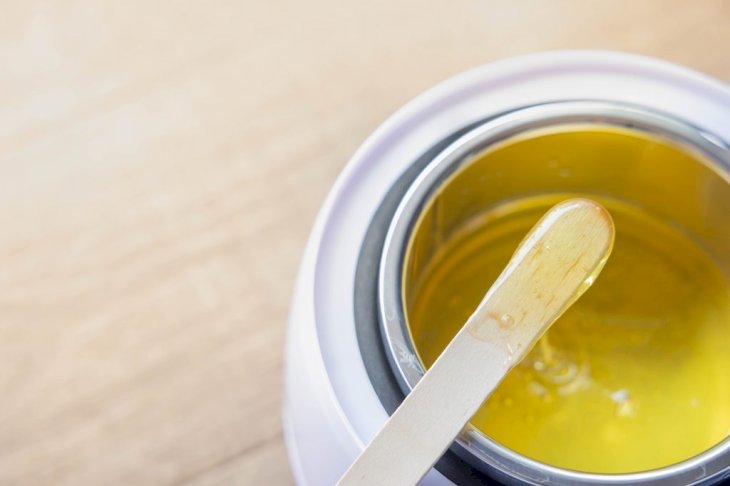
Shutterstock
Sugaring is a hair removal method very similar to waxing. The beauticians use a sugar blend containing some lime juice to remove hair from body parts instead of sticky wax in sugaring. This sugary paste is applied, and when it grabs the hair, it is rolled in the direction of the hair growth.
The paste used for sugaring is all-natural, and there is no possibility of allergy due to the content. You do not need to heat up the wax as it can spread and stick to the hair even when it is warm.
Sugaring vs. Waxing
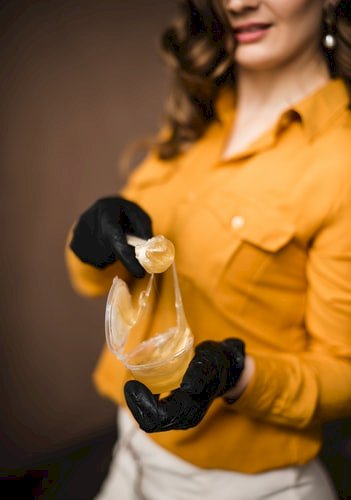
Photo by Kate Hliznitsova on Unsplash
Waxing and sugar are very similar methods for removing unwanted hair. The difference is in the product used for hair removal. In waxing, it is a liquid wax while, in sugary, it is a sugar paste with lime juice.
Wax sticks to body cells, making it painful during hair removal, while sugar sticks only to hair and not body cells, making it less painful when removed from body parts.
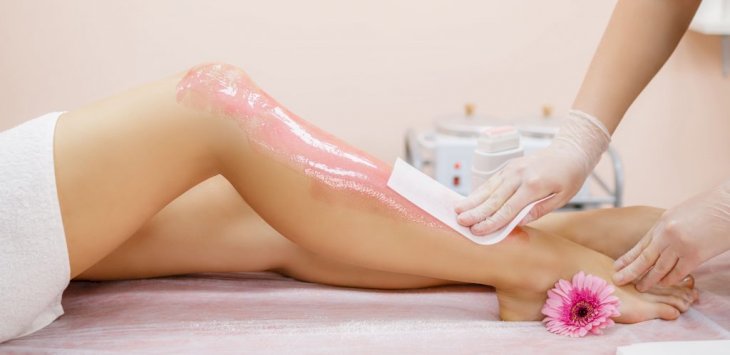
Shutterstock
There are no chemicals in the sugar paste, while the wax contains chemicals and resins. The wax hardens quickly while the sugar paste envelops the hair follicle and makes it very flexible, making the hair extraction delicate and painless.
Sugar paste is never too hot, while there are chances of injury with hot wax. The wax is applied with a spatula, while the sugar is used with the hands while wearing gloves.
The Process
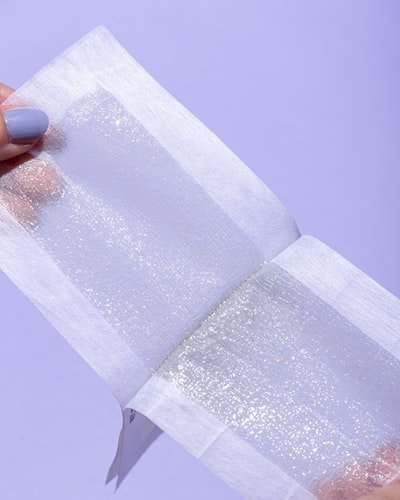
Photo by The Creative Exchange on Unsplash
The process differs significantly between sugaring and waxing. With sugar, the cooled paste is applied to the skin in the opposite direction of hair growth. It is then removed in the direction of hair growth in quick, small pulls.
Since sugar only exfoliates the skin's surface, you can reapply it multiple times to the same area of the skin. Waxing is much more methodical. Once the substance cools and hardens slightly, it is removed in the opposite direction of hair growth.
Benefits
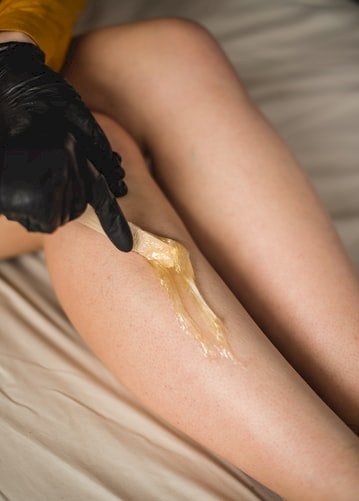
Photo by Kate Hliznitsova on Unsplash
Outside of smooth, hairless skin, there are many long-term benefits for both sugar and waxing. For starters, both sugar and waxing are a form of exfoliation that removes dead skin cells from the surface while smoothing the skin.
Both waxing and sugaring remove the hair from the root, and with continuous maintenance, the hair will grow back thinner and softer. Finally, unlike epilators or chemical hair removal, sugar and hard wax are both minimally irritating, even for the most sensitive skin types.